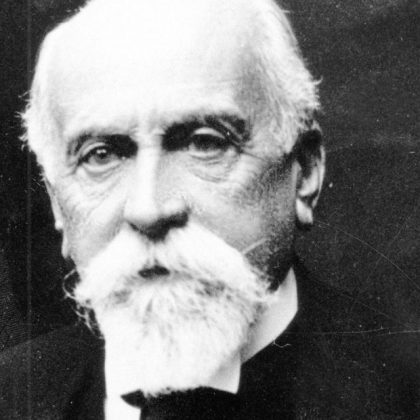How does UK national end of life policy impact on care and experience at the patient level?
Life expectancy in the UK between 1921 and 2021 has risen by 22 years in both men and women. Yet the quest to extend life ever further continues with Jeff Bezos, founder of Amazon, reportedly investing in a start-up which is trying to reverse the ageing process. The ability to extend life however is often not matched by good quality of life, with governments scrabbling to identify appropriate policies and allocate necessary resources to look after our ageing population.
Understanding how elderly patients at the end of life and their carers perceive the care they receive and developing a clear picture of their priorities is key to arriving at effective strategies to care for those at the end of life. A PhD study, recently reported in the Journal of Primary Health Research and Development explores some of the ways in which national policy determining how end of life care is enacted, may or may not lead to higher quality care, aligned to patient priorities.
Case studies, carried out in three Clinical Commissioning Groups, comprised of in-depth interviews conducted with 99 patients, carers, clinicians and managers. The data collected highlighted the need to step back to reappraise how different parts of the health and social care system fit together and how we have arrived at our current set of national priorities. Specifically, it explores anomalies between the priorities of managers, clinicians and commissioners on the one hand and those of patients and carers on the other and finds that the importance attached by patients to relational care is often being overlooked.
Cuts in funding to social care over the last decade have exacerbated the inequities between health and social care – witnessed in some of the outcomes of the Covid-19 pandemic. Staff who care for the elderly at home are often poorly treated, under-paid and undervalued. The paper suggests that despite the policy aspiration to achieve both better integration and equity this has yet to have a meaningful impact on day-to-day commissioning and operations. For those people at the end of life who live in the community access to pain relief, for example, was dealt with by the health system, whilst access to carers to provide emotional support, to feed and wash clients or provide support to go to the toilet, came from a different budget and was delivered from separate organisational settings. Decisions around budgets and priorities were made by separate commissioning arms, yet the way a patient experiences care is continuous and related to immediate and pressing needs. At a human level, the differentiation between health needs and social needs is artificial and leads to fragmented and inappropriate treatment.
The paper explores the potential to broaden responsibility for end of life, particularly promoting policies that enlist citizens to build local networks and strengthen mechanisms for supporting the frail elderly. A public health approach to palliative care, seeks to build and operationalise social capital and encourage embedded civic action.
Perhaps most importantly this study highlights the priority attached by patients and their families to the social and relational aspect of death and dying, which whilst paid lip service to in policy documents is not always recognised in practice.
Rhiannon Barker, is the co-author of “How does English national end-of-life care policy impact on the experience of older people at the end of life? Findings from a realist evaluation”. This article is Open Access, and therefore freely accessible.






